Antimony (Sb) Found in Kirkland (Costco) Organic Peanut Butter Plastic Jars
After publishing THIS POST (which has since unexpectedly gone viral!) simply recommending that folks not purchase peanut butter in plastic jars & instead purchase peanut butter in glass whenever possible, a lot of people responded with links and information either supporting or attempting to dismiss or refute my concerns.
One of my readers posted several links attempting to dismiss the concerns — but each of the links he posted mentioned the possibility of Antimony (elemental symbol “Sb”) in the PET plastic that most plastic peanut butter jars are made of.
This piqued my interest.
I know that Antimony is a toxicant, a known possible carcinogen that has been documented to be the source of health issues in humans (and – for example – has also been found in detectable levels in the breast tissue of women with breast cancer.)
Read more about antimony toxicity here.
My thought was that if Antimony is present at ANY LEVEL in a plastic FOOD container that only supported my recommendation to avoid plastic food containers altogether (especially with foods that have to be heated for packaging, like peanut butter).
People arguing the “other side” (pro-plastic) might say that the Antimony hasn’t been shown to migrate “except under certain conditions” (e.g. higher temperatures than the stored jars might normally be expected to encounter in a pantry, longer shelf storage than is generally common, etc.), however (again, in my opinion) the mere presence of Antimony (along with my solid knowledge that the historic and current regulatory actions and standards of our government are woefully inadequate when it comes to toxicants) is a concern. A big concern.
Not surprisingly, the International Antimony Association (at Antimony.com) assures us that the presence of Antimony in these jars is perfectly safe.
Click the image below to see the full-size PDF.
To see all of my posts related to peanut butter, click here.
Just because a substance has not (yet) been shown to migrate under “certain conditions” does not mean the studies done were comprehensive enough, nor that the low threshold of detection set as the limit for the study are necessarily actually levels that are protective of human health.*
*For example, many vitamins and supplement manufacturing companies do toxicant testing on their products and share their results with their customers.
These results usually list the low threshold of detection for Lead as a number in the single or double digit parts per million (ppm), when Lead is a known toxicant in ingested items in the single and double digit parts per billion (ppb).
As a result the company might state “there is no detectable Lead” in their product – but they are not actually looking for Lead levels at a threshold that is protective of human health for ingested items (parts per billion). Said another way, their “low threshold” is too high. They are also not regulated in a way that requires that level of specificity in their testing.
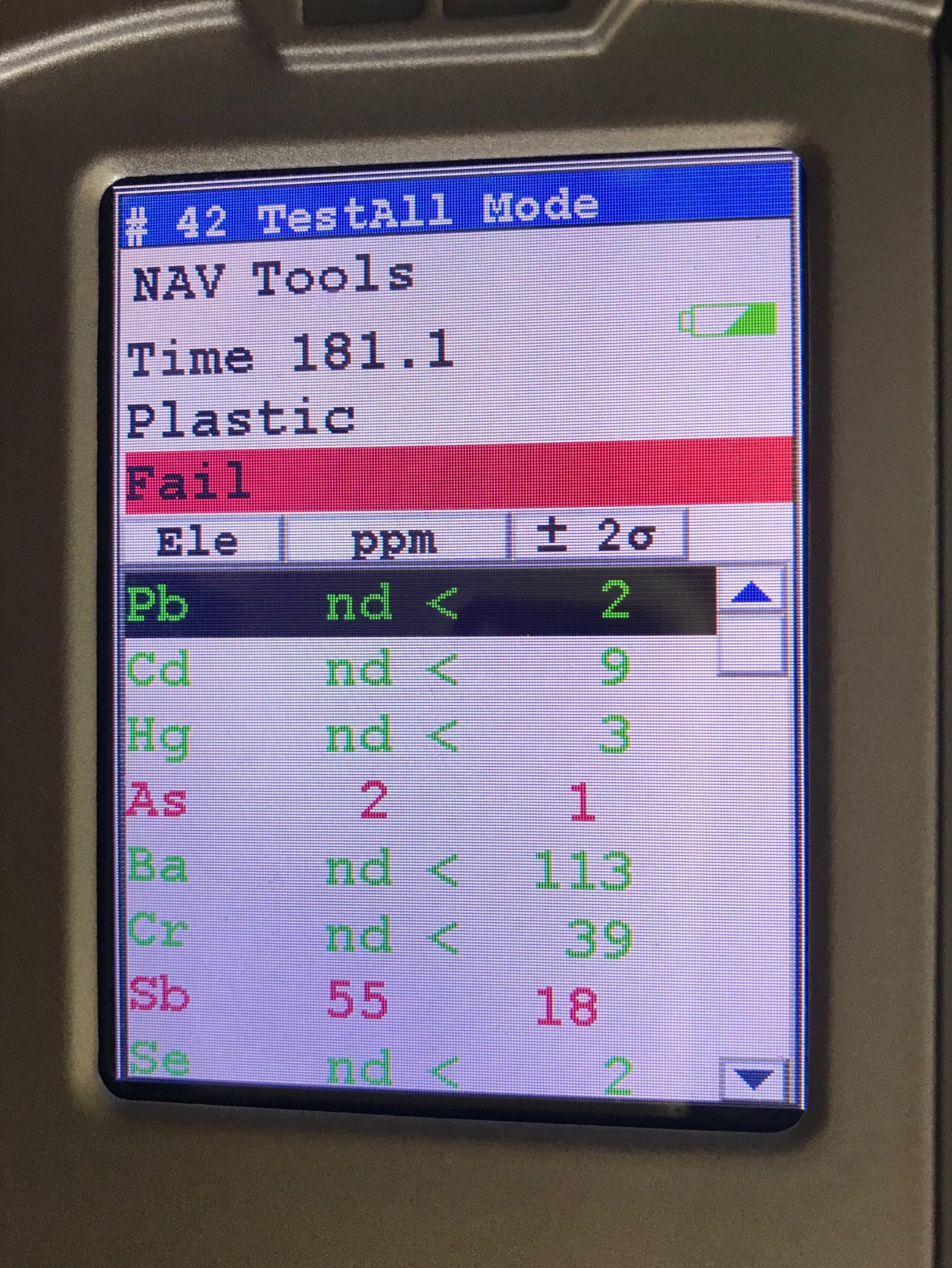
Here what I found when I tested a Kirkland peanut butter jar (pictured above and below) for Antimony, the very jar of peanut butter that inspired me to write the original post (see images of readings below). Please note these are test results for a full jar of peanut butter and the therefore the actual antimony levels of the plastic would likely be much higher if the plastic were tested by itself.:
Test One (181.1 seconds/3 minutes):
- Antimony (Sb): 55 +/- 18 ppm
- Arsenic (As): 2 +/- 1 ppm
Test Two (180.9 seconds/3 minutes):
- Antimony (Sb): 58 +/- 17 ppm
Click here to learn more about XRF testing/instrumentation.
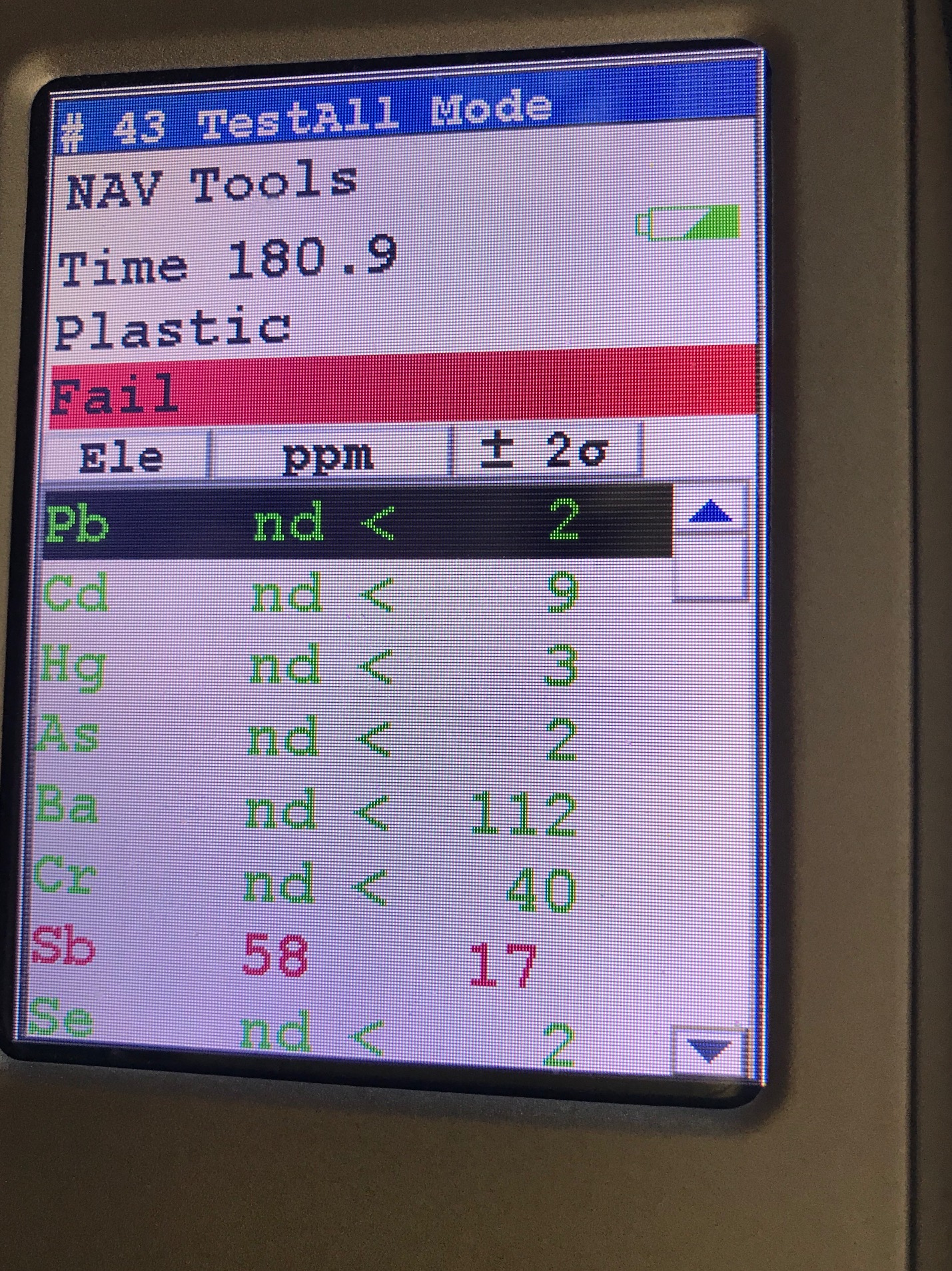
So both tests found Antimony and one found (a very low level of) Arsenic! [The Arsenic test may or may not be replicable – because it was so low, and may be an anomaly, I would have to do more testing to confirm that.]
While I am a Lead expert (and not an Antimony expert) and I don’t know the implications of these specific levels of Antimony, I personally don’t think there should be any Antimony in food packaging – especially when there are toxicant-free options already readily available.
In general when we discuss toxicant levels in food we are talking about parts per billion (not parts per million) as causing harm, so for there to be levels this high (in ppm) in the packaging I have definite concerns for what the ppb levels of the toxicant might be in the food contents of this packaging.
In my opinion, as a mother of children who have significant health issues and disabilities due to exposure to toxicants (in our case, specifically due to Lead exposure) I think it verges on criminal that there is not a label on this product (and similar products) that says:
“Warning: The packaging of this food product contains ANTIMONY, a toxicant that is well-documented to be harmful to human health and is a known possible carcinogen.”
As always, please let me know if you have any questions.
Thank you for reading and for sharing my posts.
If you want to directly support this 100% independent consumer goods testing work please do consider making a contribution to my GoFundMe. The XRF instrument that I use for testing generally can cost as much as $750 a day to rent (or more!) and I couldn’t do the work I do without the support of my readers. GoFundMe.com/LeadSafeMama [I am currently working to cover an outstanding XRF rental bill of about $4,700.]
Thank you again!
Tamara Rubin
#LeadSafeMama
*Links to Amazon are affiliate links. If you purchase something after clicking on one of these links I may receive a small percentage of what you spend at no extra cost to you. Links to Kirkland Peanut Butter on Amazon are for informational purposes only – I do not recommend purchasing this product.
Never Miss an Important Article Again!
Join our Email List


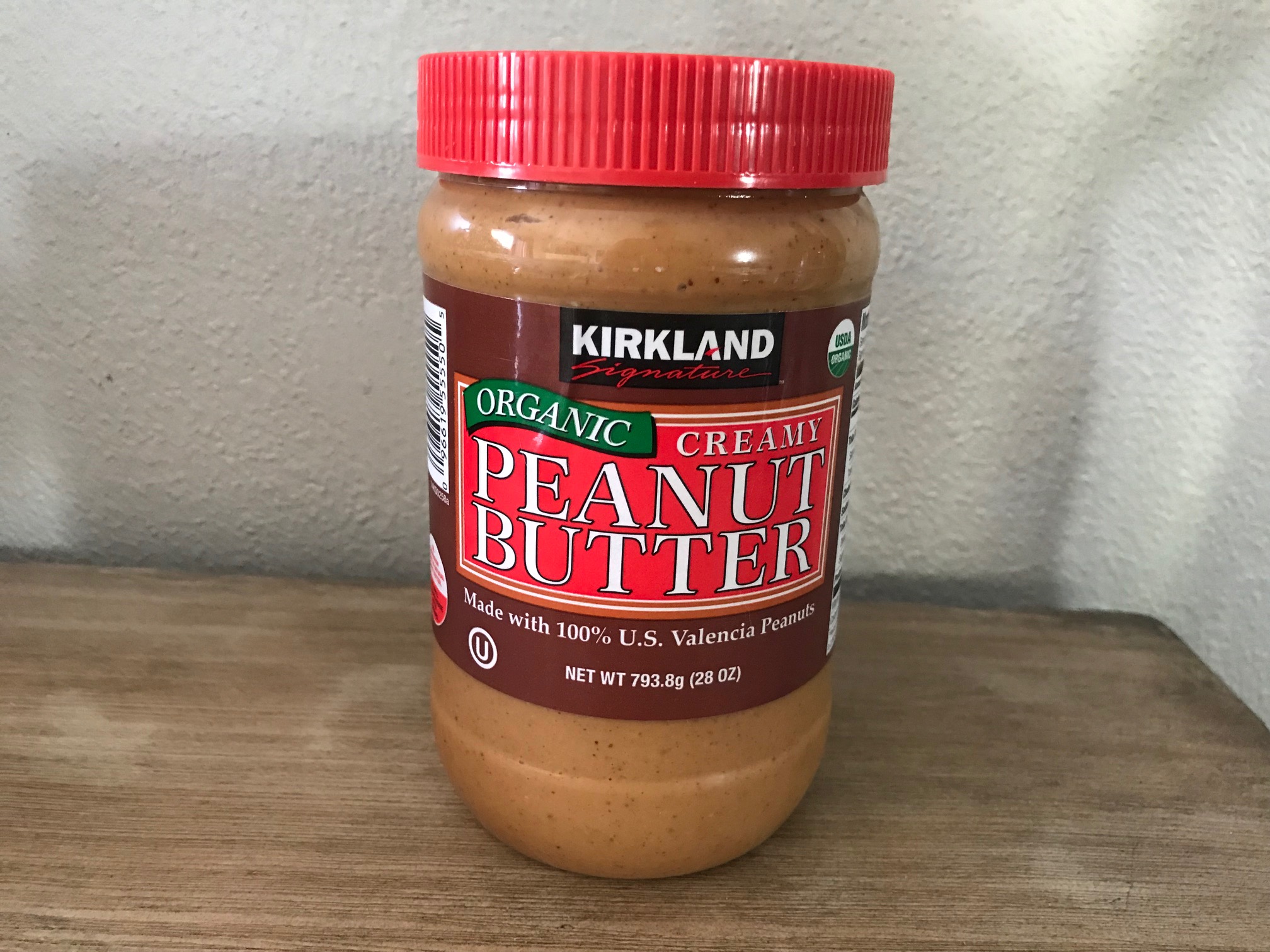
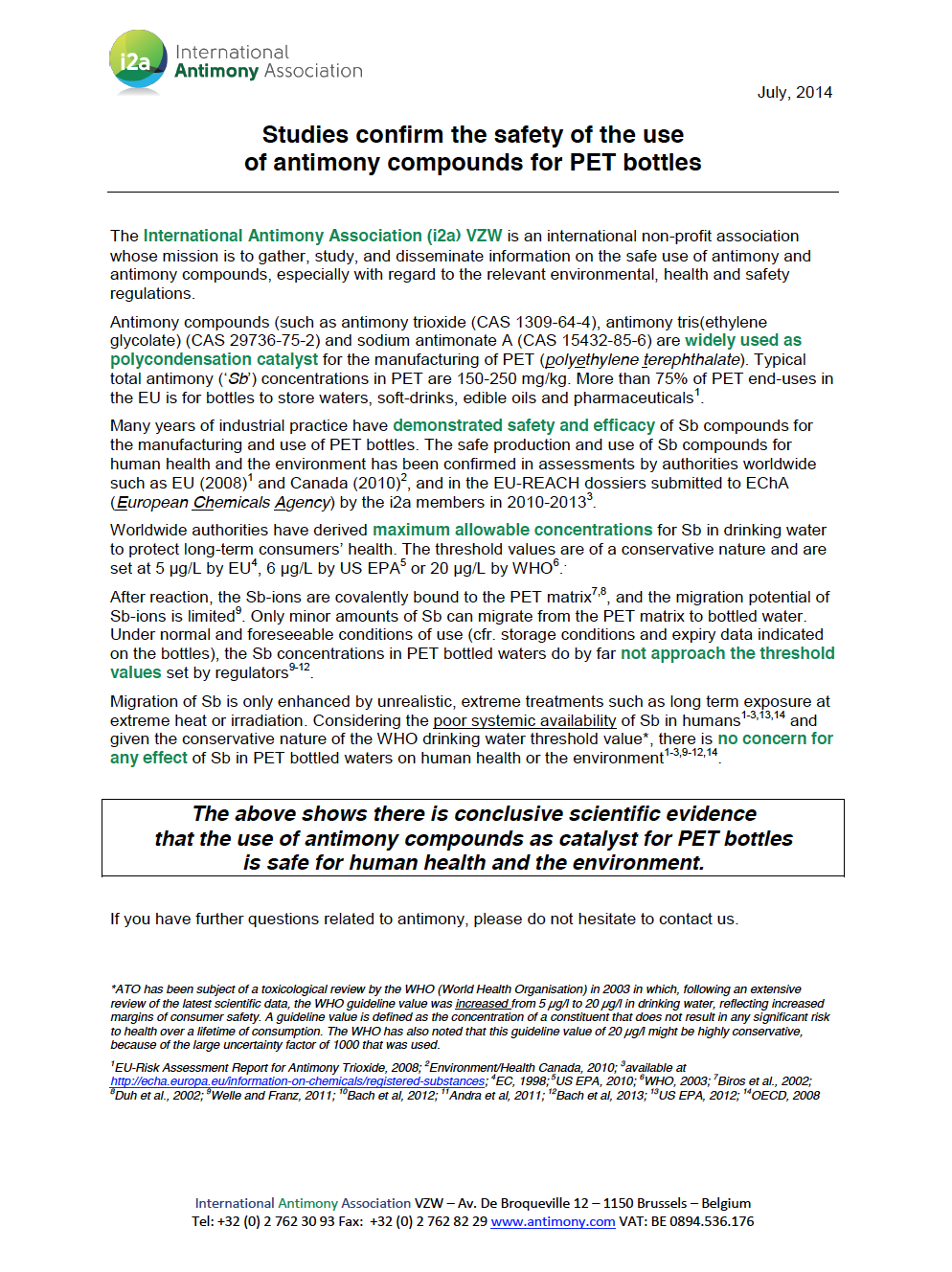
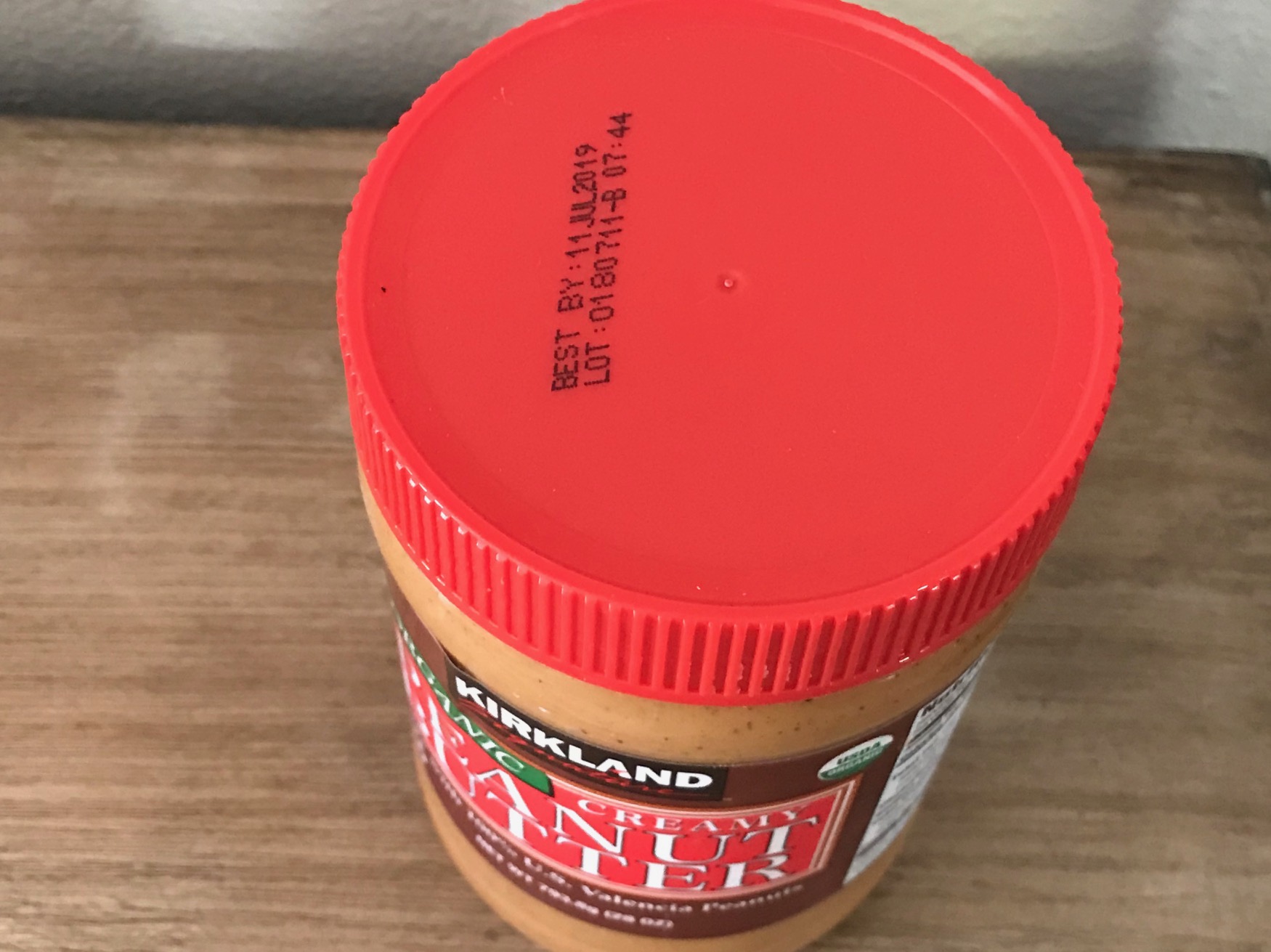
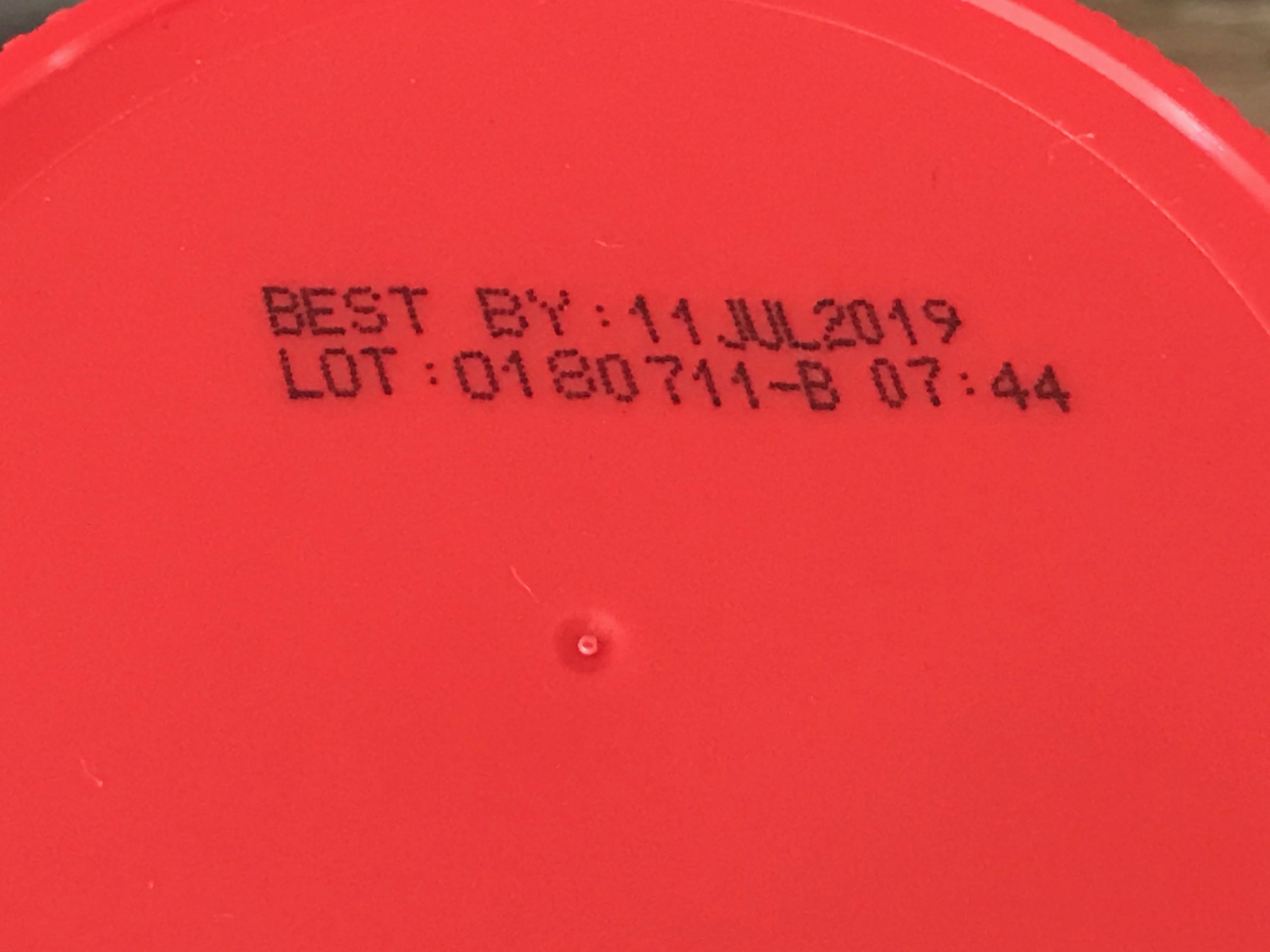

This is an interesting link on the subject:
https://pdfs.semanticscholar.org/41c2/16ce3d2f7df8a1b09a2cfdbeeaa1f451d660.pdf?fbclid=IwAR09PHqCa5ivkzBV18J-X_AWlzb9iJB7AJztEozeyt9aimMAQgQMqmZPTbc#6
Another link to check out:
https://www.smallfootprintfamily.com/avoiding-toxins-in-plastic?fbclid=IwAR2oI6HPFCbmdik_iXBmXZdsJ_InycHlwd82fuLcjnrnl_EI9srKYlB334E
How much antimony was found in just the peanut butter itself?
I did not test the peanut butter. I don’t have an available method to do that. If you want to test the peanut butter you would need to send it to a lab and ask that they test it down to single digit parts per billion (ppb), not parts per million (ppm) – because these toxicants are generally harmful to human health in the range of ppb.
Do you recommend glass jars form the store that salad dresses, olive oil, jelly, Etc. come in ? I just bought all glass items from Whole Foods Instead of plastic, but I’m worried about lead in the glass?
We eat a lot of that peanut butter! How sad! Have you tested organic raw almond butter from Trader Joe’s? I was thinking that since it’s raw, it shouldn’t be exposed to high heat levels although again it’s not regulated and they can put anything they want on a package.
On another note I’ve read that a lot of glassware like wine decanter etc. contain dengoerous levels of lead. Have you tested the glass jars of recomended by you brands for lead?
Hi Olga!
Here’s an almond butter in plastic that I tested: https://tamararubin.com/2018/12/antimony-sb-found-in-plastic-jar-for-365-whole-foods-brand-almond-butter/
I haven’t tested anything from Trader Joe’s yet.
Raw doesn’t mean 100% unheated, but I’m not sure. Personally I would still have the concern about the oils potential to bind with chemicals in the plastic (just due to potentially long storage and the nature of oils.)
I haven’t tested a lot of clear glass peanut butter jars. I think in general (based on my experience) clear glass is the best choice. Wine and other glass jars are generally tinted and it is most often the tinted glass that has a higher level of lead. I have quite a few posts about colored glass (and even clear glass) test results.
Here’s my “colored glass” category: https://tamararubin.com/category/colored-glass/
Here’s my “glass jars” category: https://tamararubin.com/category/glass-jars/
Check out the tabs at the top of each post to see more categories.
Here’s how to participate in the testing I do. I test what people send me to test (and they help cover the cost of the testing equipment rental): https://tamararubin.com/2017/07/subscribe-in-support-of-my-advocacy-work-you-can-become-eligible-to-send-in-a-box-of-your-things-for-testing/
Tamara
Remember that all packaged foods spend months in HOT warehouses – it isn’t just amazon warehouses that have workers fainting from the heat – and trucks. No one refrigerates that plastic jar of peanut butter.
Hi Kim! Terrific comment. Thank you very much!
Have a Lead-safe holiday!
– Tamara
The only confusion I have was here- ‘I have definite concerns for what the ppb levels of the toxicant might be in the food contents of this packaging’. You had the full jar or peanut butter. Jar and all, pb and all. What exactly was stopping you from emptying the Jar, washing it, then testing the 2 independently. Instead of having ‘definite concerns’ (conjecture), you were one test away from having facts. Why, if you paid $750 to rent this machine for the day would you run 2 tests on the same jar and opt not to test the jar or contents independently? Granted, an (entirely possible) test result of the pb illustrating no migration of the alimony from packaging to contents would undermine the desired alarm of this whole article, but surely that had nothing to do with it..
Hi Bill,
Thanks for commenting.
I don’t possess the technology nor the funding to do lab testing of food, which must be done down to the single digit ppb levels (parts per billion.) If you would like to pay for the lab testing of the contents I would be happy to help you coordinate that.
XRF technology is not appropriate (nor effective) to test food (or water or supplements or other ingested items.)
Here’s a post about that: https://tamararubin.com/2019/10/question-can-you-test-supplements-with-an-xrf-answer-not-in-most-cases-read-post-for-details/
Tamara
Hi Tamara, could you dump the peanut butter, wash the container, and rest only the container?
Hello Tamara. Thank you very much for the article. I am curious about water bottles made of plastic #1. For the last 7 years we use Crystal Geyser for drinking and cooking. The bottles are made of plastic #1. Do you think there could be antimony in water bottles too? Can it get to the water? Another concern is that my baby, 6 months old, is playing/touching/ mouthing those bottles every day. And my husband makes empty bottles flat so that they take less space before taking them to the recycling center. I wonder if crushing the bottles count release any antimony on the floor /air? Thank you.
Ugh! I’ve been eating this very brand for years since the kind I loved was no longer available. MaraNatha came in glass jars and tasted great. I have several of the Kirkland left, maybe take them back to Costco and beg them to bring us peanut butter in glass. The only way to get companies to change is with our purchasing power!